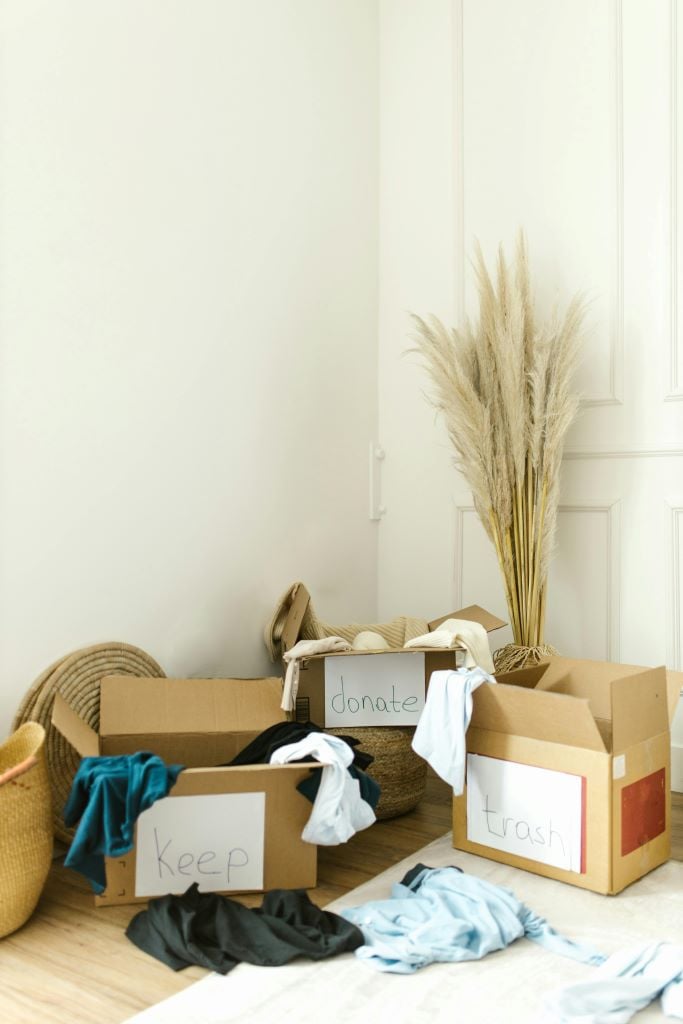In this installment of the Compounded Conundrum series, we look at incontinence and chronic constipation, both very common and both still very often stigmatized. We know from previous articles that incontinence affects around 25 million Americans, with prevalence being highest among women and older people.
Chronic constipation, on the other hand, affects approximately 20% of U.S. adults, according to a National Library of Medicine publication. As with incontinence, it’s also more common among older people, particularly women. Estimates vary significantly depending on definitions and populations included in studies.
Given the prevalence of both conditions, it stands to reason that there’ll be many cases where the two conditions coexist. And again, older women are the worst hit. This article explores the complications that arise when these two conditions occur simultaneously and offers practical strategies for managing and mitigating their impact.
Complications of Co-Occurring Incontinence and Chronic Constipation
Incontinence and chronic constipation can aggravate each other in various ways when they occur simultaneously, leading to an increased risk of other long-term health problems and a deterioration in quality of life. The complex interactions can affect physical health, skin integrity, emotional well-being, and even an individual’s ability to maintain a normal daily routine.
Increased Pressure on the Bladder and Pelvic Floor
Chronic constipation often causes hardened stools that are difficult to pass and lead to prolonged straining during bowel movements. This places extra pressure on the pelvic region, which, over time, can weaken the pelvic floor muscles. When these muscles weaken, it becomes harder to retain urine and increases the likelihood of leakage. Stool buildup in the intestines can also cause pressure against the bladder, reducing its capacity and potentially leading to overflow incontinence.
Managing this problem can be approached using a two-pronged plan. For constipation, a high-fiber diet with proper hydration can help soften stools and minimize strain on the pelvic floor. Kegel exercises can also be beneficial as they target the muscles responsible for supporting both bladder and bowel functions.
Increased Risk of Urinary Tract Infections (UTIs)
The coexistence of incontinence and constipation increases the risk of urinary tract infections (UTIs), as these conditions can contribute to bacterial growth in the urinary system. UTIs occur when bacteria enter the urinary tract, often due to incomplete bladder emptying or prolonged exposure to moisture from incontinence pads or briefs.
This risk increases when constipation creates pressure on the bladder, making it difficult to empty and creating an ideal environment for bacteria to grow. Studies have shown that urinary retention due to constipation is one of the primary risk factors for UTIs in older adults.
UTI risk can be reduced by double voiding—a technique in which urinate, wait a moment, and then attempt to urinate again to ensure the bladder is totally empty. Good hygiene, particularly after bowel movements, will also limit bacteria transmission. For those who experience frequent UTIs, adding probiotics to the diet may help to lower infection risks.
Skin Irritation and Breakdown
Managing skin health is a common challenge for people managing incontinence and constipation due to increased exposure to moisture from urine leakage and frequent wiping due to constipation, particularly in sensitive areas such as the perineum. The resulting risk of rashes, sores, and infections from skin breakdown can be serious, especially for older adults with more delicate skin.
Barrier creams help protect skin from moisture and reduce irritation caused by the friction of frequent cleaning. The choice of absorbent products is also important. For detailed information and advice, you can read The Ultimate Guide to Adult Diapers or speak to a consultant at LL Medico. With 30 years of experience in this field, we’ll make your choice a lot easier.
Emotional and Psychological Impact
Incontinence and chronic constipation will both eventually take an emotional toll, often leading to embarrassment, frustration, and social withdrawal. The unpredictable nature of the conditions and stigma surrounding them may cause individuals to avoid social interaction, contributing to loneliness and emotional distress, which can affect self-esteem and lead to depression.
Open discussion of these conditions between caregivers, healthcare providers and the patient can help destigmatize the issue and alleviate the negative feelings. Support groups offer a space for individuals to share their experiences and find coping strategies among peers who understand their situation.
Cognitive-behavioral therapy (CBT) is another effective solution for managing anxiety and self-consciousness associated with these conditions. CBT teaches practical coping mechanisms and techniques for dealing with negative thought patterns, which can help alleviate the symptoms. CBT can also sometimes offer long-lasting benefits, even after the therapy ends.
Impact on Mobility and Physical Activity
Exercise is the most recommended starting point for managing both of these conditions. Exercise stimulates digestion, which can help improve constipation and can strengthen pelvic floor muscles to improve bladder control. However, fear of leakage and discomfort from constipation can discourage individuals from participating in physical activities, especially outside the home.
Low-impact activities such as walking, yoga, and stretching exercises, which can be done at home, can help promote healthy digestion and muscle strength without excessive strain and without the potential embarrassment of an accident in a public space. Planning outings with accessible restroom options can also provide reassurance and encourage individuals to engage in social or physical activities.
Conclusion
Managing concurrent incontinence and chronic constipation is complex but with a dedicated, multi-faceted approach and good support, it can be achieved. At LL Medico, we’d be delighted to be part of that support network.
With our experience and wide range of top-quality care products at great prices, we can manage your supplies, leaving you free to deal with this compounded conundrum. For a wide range of adult diapers, skin care products and gastrointestinal products such as laxatives and enemas, call us at (855) 422-4556 or email support@llmedico.com. You can also chat with us between 9 am and 5 pm EST, Monday to Friday.
In the words of Winston Churchill, “Success is not final, failure is not fatal: it is the courage to continue that counts.” Despite these challenging conditions, with your courage and determination and by applying the strategies we have discussed, you can overcome this and live your life with confidence and dignity.






 855-422-4556
855-422-4556 Chat
Chat E-Mail
E-Mail Monday - Friday 9:00AM to 5:00PM EST
Monday - Friday 9:00AM to 5:00PM EST






 Shopping With LL Medico
Shopping With LL Medico



 855-422-4556
855-422-4556